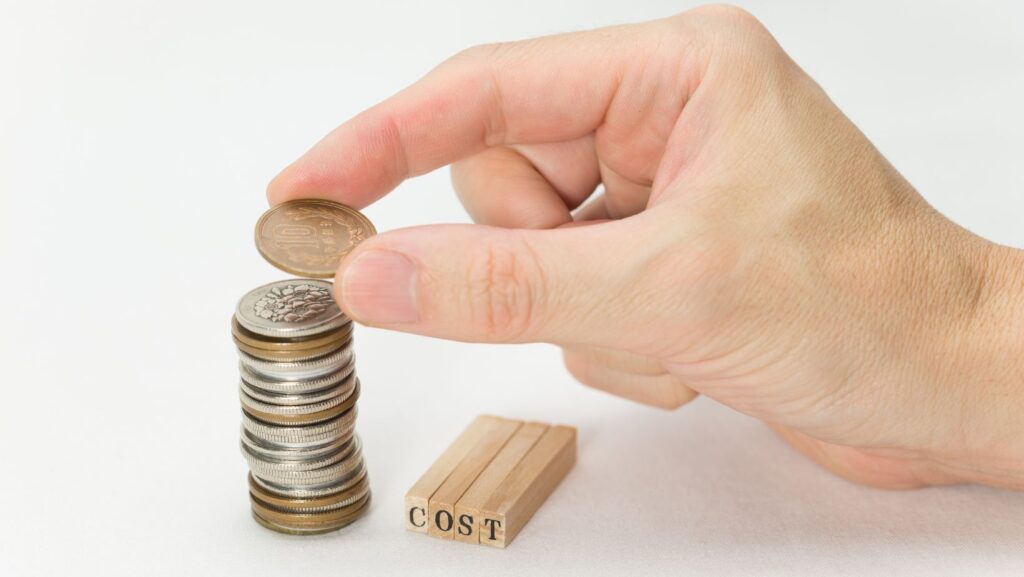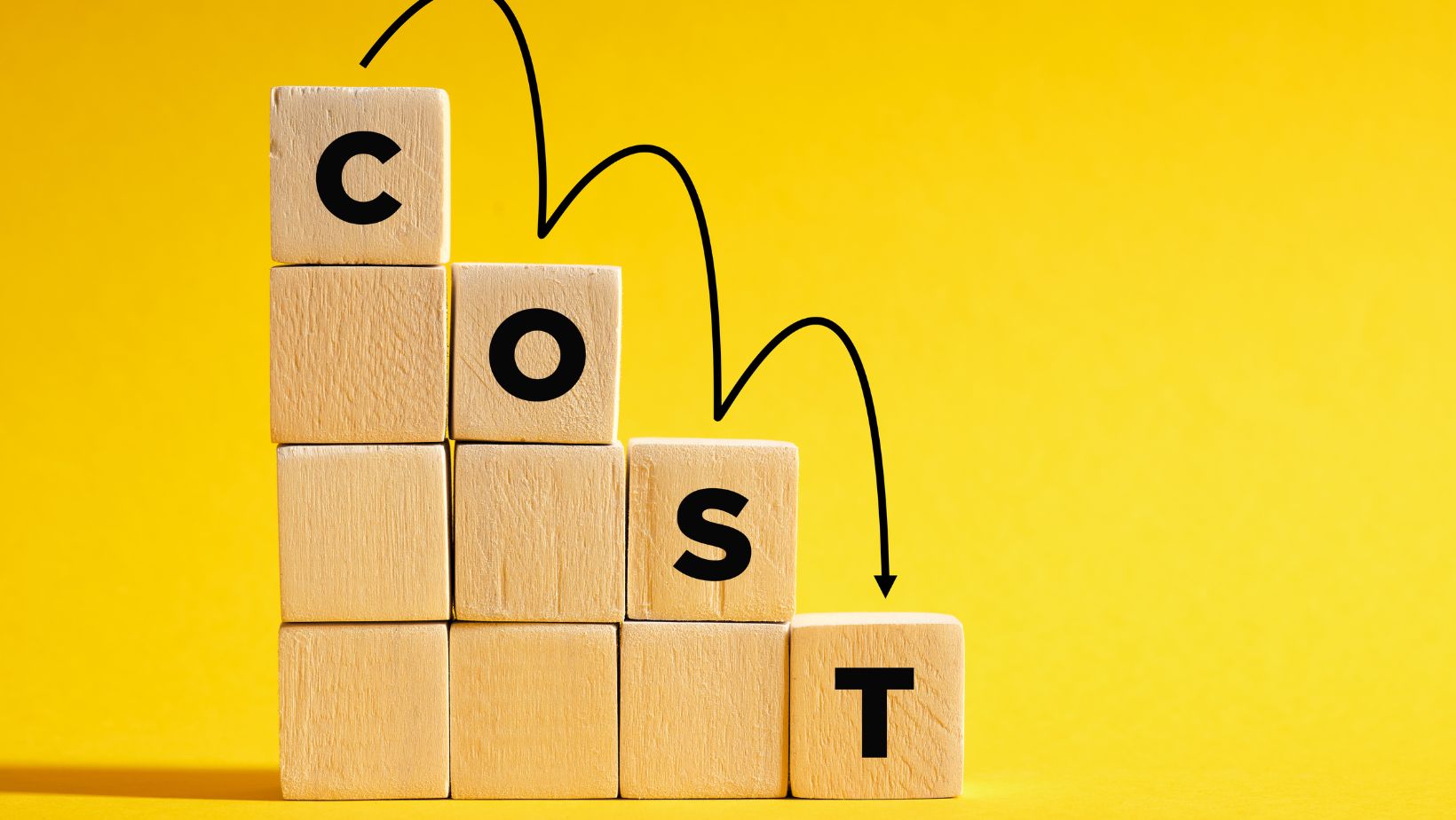
When it comes to money, most of us like to think we’re rational decision-makers. We set budgets, track expenses, and make plans for the future. Yet, despite our best intentions, consumer culture surrounds us with opportunities to spend. From streaming subscriptions to the latest lifestyle products, even seemingly small choices can quietly derail long-term financial goals.
By exploring how industries encourage us to spend, and how our psychology responds, we can better understand the modern consumer mindset and learn how to balance enjoyment with financial security.
Why Consumption Feels So Rewarding
Buying something new isn’t always about necessity. At its core, it’s tied to emotional needs. A purchase can trigger a burst of dopamine, the brain’s reward chemical, giving us a quick sense of joy or relief. For some, it’s a way to celebrate; for others, it may be a form of stress relief after a difficult day.
Marketers know this well. Bright displays, limited-time offers, and one-click checkouts are all designed to spark that instant gratification response. Think of the snacks near a checkout counter, or online stores offering “only a few left.” These subtle triggers play directly into our psychological impulses.
While the thrill feels good in the moment, these decisions can chip away at savings goals, leaving us wondering where all our money went.
The Cost of Everyday Consumption
A $10 subscription here, a $50 impulse purchase there, it doesn’t seem like much. But multiply those decisions across weeks and months, and the hidden cost becomes clear. What could have been a contribution toward paying down debt, building an emergency fund, or investing in the future is instead gone on short-lived pleasures.
Humans are wired to prioritize immediate rewards over long-term benefits, a concept behavioral economists call “present bias.” It’s why saving for retirement in 30 years feels less urgent than grabbing a quick coffee today.
To see this in action, look at industries that thrive on repeated small purchases. Streaming platforms, in-app game upgrades, and lifestyle products like vaping all capitalize on our desire for quick rewards. Some people cut back by sharing streaming accounts or switching to ad-supported versions of their favorite platforms. Others avoid pricey in-app game purchases by sticking with free features or budget-friendly alternatives. Still others save by swapping meal kits for cooking at home or shopping secondhand instead of buying new. In the same way, many consumers are turning to vaping as an alternative to cigarettes.
Finding Balance Between Wants and Needs
The goal isn’t to eliminate enjoyment from life. Instead, it’s about creating balance. A few strategies can help:
- Set boundaries for fun money. Designate a percentage of your income for guilt-free spending. That way, you can enjoy small purchases without sabotaging larger goals.
- Delay the decision. If you see something you want, wait 24 hours before buying it. Often, the initial excitement fades, and you realize you don’t need it.
- Define priorities. Write down your top three financial goals. Having a clear vision makes it easier to say no to unnecessary spending.
- Automate savings. Redirect money into a savings or investment account before you even see it in your checking account.
- Practice mindful spending. Before making a purchase, ask: Does this align with my values? Will I still care about this in a month?
By reframing financial decisions as choices rather than restrictions, we regain control over how money flows in and out of our lives.
Lifestyle Choices and Their Ripple Effect
Not all lifestyle choices are equal when it comes to money. Some habits, like cooking at home or walking instead of driving, save money while improving health and well-being. Others, like frequent takeout or trend-chasing purchases, can quickly eat into disposable income. Being intentional about habits helps create space for experiences that matter most.
Industries often blur the line between need and want. Subscription boxes, premium memberships, and social-driven purchases encourage repeat spending. Recognizing these patterns allows us to step back and ask whether our choices align with long-term goals.
Another factor is lifestyle inflation, the tendency to increase spending as income rises. A raise at work often leads to new gadgets, dining out more often, or upgrading to a bigger apartment. While these changes feel like rewards for hard work, they can quietly trap us in cycles where expenses always keep pace with earnings.
Building Financial Resilience
To truly manage consumption habits, it helps to go beyond budgeting. Building financial resilience means:
- Emergency Funds: Having cash set aside reduces the urge to rely on credit cards when surprises come up.
- Long-Term Investments: Contributing to retirement accounts or stock portfolios creates a sense of future security.
- Value-Based Spending: Align purchases with personal values. If experiences matter more than things, direct money toward travel or family activities.
- Community Influence: Surround yourself with people who support healthy financial habits. Peer pressure works both ways; friends who save and invest can encourage you to do the same.
Redefining Success in a Consumer Culture
Financial security doesn’t mean depriving yourself of every pleasure. It means understanding trade-offs. Choosing long-term goals over short-term thrills creates empowerment rather than restriction. Each time you pass on an impulse purchase and redirect that money toward something meaningful, you’re not missing out; you’re investing in your future self.
One powerful perspective is to see every dollar as a worker. Spend it on a fleeting item, and it’s gone forever. But invest that same dollar, and it can grow over time through compounding returns. This mindset transforms small sacrifices into lasting gains.
Final Thoughts
The modern consumer mindset shows us that money isn’t just about numbers; it’s about choices, behaviors, and cultural influences. By recognizing how industries tap into our impulses and how our psychology responds, we can make smarter financial decisions.
The key isn’t resisting every temptation but designing a lifestyle that balances enjoyment with intention. At the end of the day, money is more than currency; it reflects our values, priorities, and the future we want to create.









